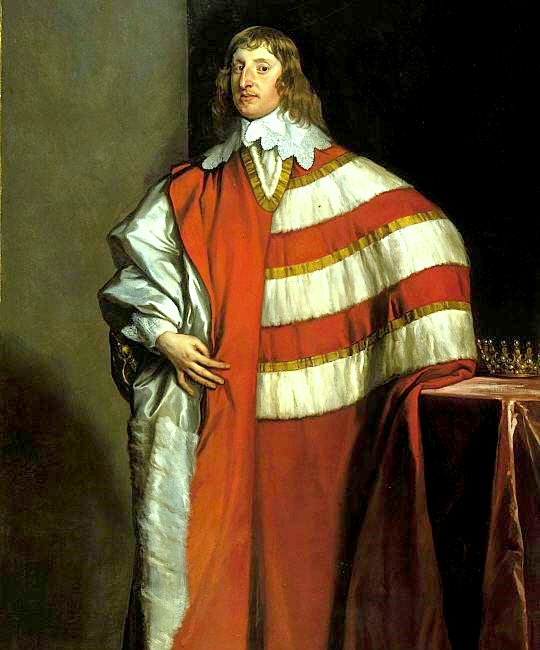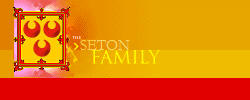|

Charles Seton, 2nd
Earl of Dunfermline, Baron Fyvie and Lord Privy Seal
Charles
was the only surviving son of
Alexander Seton, the
famed Chancellor of Scotland, Lord Fyvie and 1st Earl of Dunfermline and
Margaret Hay, the 3rd wife of Chancellor Seton. His mother was the only daughter
of James Hay, 7th Lord Yester, and her older brother John became 1st Earl of
Tweeddale and who married Charles' older sister Lady Jean Seton from Chancellor
Seton's 2nd marriage.
Charles married
Mary Douglas, daughter of William Douglas, 6th Earl of
Morton, and by her had three sons and one daughter.
During his younger years he acted as a Gentleman of the
Bedchamber under King Charles I, his majesty having been
raised in Charles' household under King James VI and I.
Likewise, with the favour of the later King Charles I, then
Duke of Albany, he was gifted with the revenues of the
lordship of Dunfermline.
In 1637, the Bailiary and Justiciary of Dunfermline were
conferred upon him by Royal Charter, and which was
subsequently ratified by the Scottish parliament in 1641.
Contrary to the ecclesiastical
traditions of his father, he was a zealous adherent of the Covenanting party, and was prominent in the
contest for the rights of the Church and people of Scotland, and signed the
National Covenant in 1638. He also acted as Commissioner to the General
Assembly of the Church of Scotland which met at St. Andrew's in July, 1642.
He was repeatedly
sent to England as one of the Commissioners of the Estates, and he commanded a
regiment in the army which, under General Leslie, marched into England in 1640
to the assistance of the Parliament in their struggle with Charles I. He was one
of the eight Scottish Commissioners who negotiated the treaty of Ripon.
In 1641
he was sworn a Privy Councillor, and he took an active part in the subsequent proceedings of that
stirring period. He supported the ‘Engagement’ in 1648 for the rescue of Charles
from the Republican party, and after the execution of the King he went to the
Continent, in April, 1649, to wait on Charles II., with whom he returned to
Scotland in 1650.
He was appointed a member of the Committee of Estates and of
the Committee entrusted with the management of the affairs of the army. He
commanded a regiment of horse in the ill-advised and unfortunate expedition into
England under Charles II., which terminated in a complete defeat at Worcester,
September 3rd, 1651.
At the Restoration he was
again sworn a Privy Councillor, and in
1669 was appointed an Extraordinary Lord of Session. He was nominated Lord Privy
Seal in 1671, which he held until he died at the Seton Palace in January, 1673,
whereafter he was interred at his father's church of St.
Bridget's at Dalgety.
His oldest son and
namesake,
Charles Seton,
Lord Fyvie, was killed in a sea-fight with the Dutch in
1672, predeceasing his father and having not married and
leaving no paternity, was succeeded by his brother.
Alexander Seton, the
second son, became third Earl, but died
soon after succeeding to the title, also with no heirs.
James Seton, the
third and last son was
the 4th and last Earl of Dunfermline. He himself was a brilliant commander
and estate manager who was highly respected. Though he served in his youth under the
Prince of Orange, at the Revolution he adhered to the cause of the Stewarts, and
commanded a troop of horse under Viscount Dundee at the battle of Killiecrankie.
In 1690 he was outlawed and forfeited by the Scottish Parliament. He accompanied
King James to St. Germains, and died there in exile in 1694. James had married a sister to
the first Duke of Gordon, but as he left no issue his titles became extinct, and
in consequence of his attainder his estates fell to the Crown.
| 
